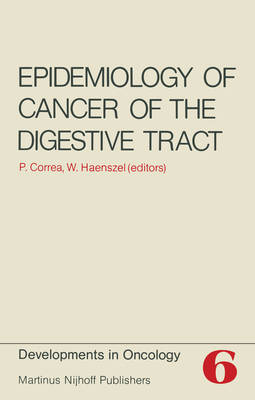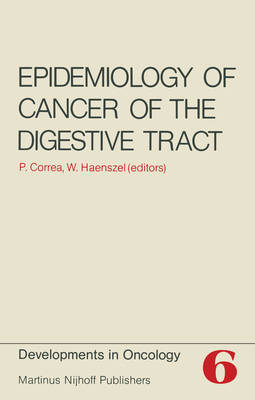
- Afhalen na 1 uur in een winkel met voorraad
- Gratis thuislevering in België vanaf € 30
- Ruim aanbod met 7 miljoen producten
- Afhalen na 1 uur in een winkel met voorraad
- Gratis thuislevering in België vanaf € 30
- Ruim aanbod met 7 miljoen producten
Zoeken
Epidemiology of Cancer of the Digestive Tract
€ 100,98
+ 201 punten
Omschrijving
The digestive organs are the most frequent site of cancer in the world, accounting for approximately 30% of all malignant tumors. The most remarkable shift has been the decrease in gastric cancer rates occurring concomitantly with an increase in colon cancer rates in most 'western' industrialized societies.
Specificaties
Betrokkenen
- Uitgeverij:
Inhoud
- Aantal bladzijden:
- 274
- Reeks:
Eigenschappen
- Productcode (EAN):
- 9789400975040
- Verschijningsdatum:
- 19/10/2011
- Uitvoering:
- Paperback
- Afmetingen:
- 156 mm x 244 mm
- Gewicht:
- 455 g

Alleen bij Standaard Boekhandel
+ 201 punten op je klantenkaart van Standaard Boekhandel
Beoordelingen
We publiceren alleen reviews die voldoen aan de voorwaarden voor reviews. Bekijk onze voorwaarden voor reviews.







